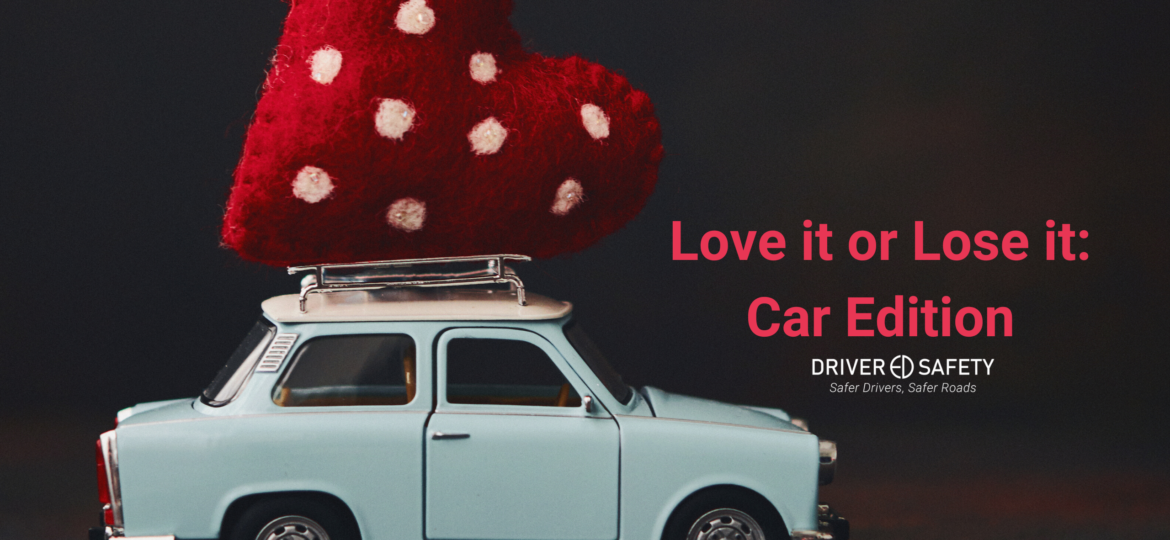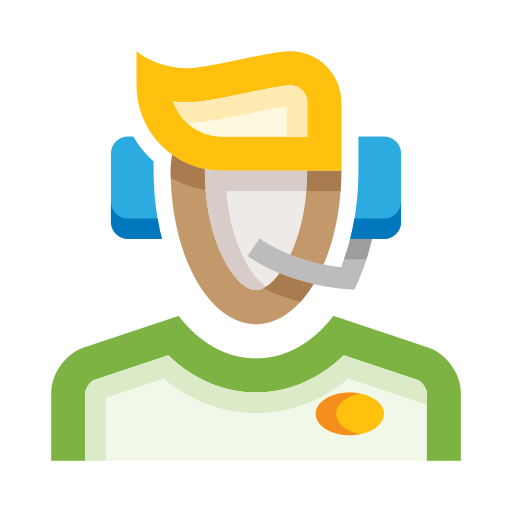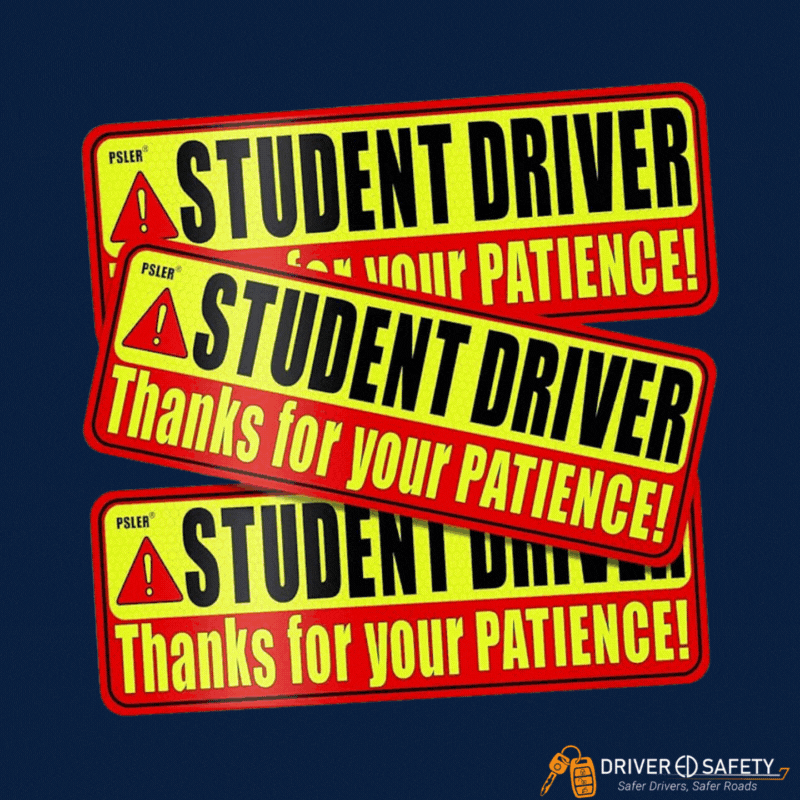
Whether you own your car or share a vehicle from time to time with your family, the care and keeping of it is a huge responsibility. Regardless of what make or model you drive, all cars require maintenance.
Over time, just as the cars’ models have changed, so has the way they are cared for. Many people say they love their cars, but what exactly do we love about them? Let’s explore some of your vehicle’s functions that keep your driving experience convenient, comfortable, and safe.
The Sound Of The Engine Starting Up
To keep our cars starting properly, we want to make sure we pay close attention to a few things. One, routine oil changes are a must here. Going too long without an oil change could cost you your car. Once the oil thickens and becomes sludge, it can no longer draw heat away from the engine, which means…overheating. If this doesn’t cause the gasket to blow, it could surely cause your engine to seize up.
In case your car does start to overheat, make sure you know what signals to look for. Pay attention to your temperature gauge needle and instrument cluster for signs of overheating—if “Check Engine” or “Temperature” light comes on, that may be a sign to safely pull over and investigate. Learn more on what to do and what not to do when your car overheats.

The Feeling Of Warm Heat On A Chilly Day
Having heat that works is a must—especially in Indiana—where chilling winters are native. Did you know that the warmth from the engine travels from the radiator to the heater core? From there, your car’s coolant travels to a regulated heater control valve. As engine heat is carried by coolant to the core, you start to feel the warmth. Regularly checking coolant levels and radiator fluid & functionality will keep your car heated for years to come. Just remember to check your fluid levels under the hood once your engine has cooled off—you don’t want to touch anything while the car is still hot!
Having Confidence That Your Brakes Work
Disk Brakes. Drum Brakes. Anti-Lock Brakes. Emergency Brakes. Parking Brakes. Hydraulic Brakes. Electromagnetic Brakes. Ask two people how many types of brakes there are, and you will get two different answers. From types of brakes to braking systems, whichever we have, we must learn to care for them properly.
If you don’t take care of your brakes over time, you could end up sacrificing your vehicle and its overall driving experience. Low or dirty brake fluid can lead to brake failure in any vehicle. Speaking of, squeaking brakes should not be ignored. Once brake pads wear thin, a piece of metal drags across the brake disk to make the ‘squeaking’ sound. This sound is alerting you to replace your brake pads. If not, the damage will get worse, and your car can start shaking when you stop, which means you need both new brake pads and rotors—which can be costly.
Loving The Make And Model, But Most Of All, The Shiny Paint Job
According to Cayman iNews, 76% of Americans purchase a vehicle based on looks instead of reliability, but it’s important to remember that looks aren’t everything. Remember that a pretty car could produce some ugly repair bills if you’re not careful. When car shopping, if you find the one you like, be sure to have it checked out by a mechanic—especially if it’s a used car. If you’re in the market for a brand-new car, be sure to read the reviews and recall information before your purchase.
So you see, we can love our cars all we want, but if we don’t take care of them, we could lose them. Be sure to stay on top of all of your car’s maintenance and repair needs over time, or it could cost you!
These tips just scratch the surface of all there is to learn as a new driver. The CIESC Driver Education Program offers courses online and behind the wheel to develop effective defensive driving techniques and create responsible, knowledgeable, licensed drivers.
Learn more about our open enrollment Online Course, or register for behind-the-wheel lessons.




